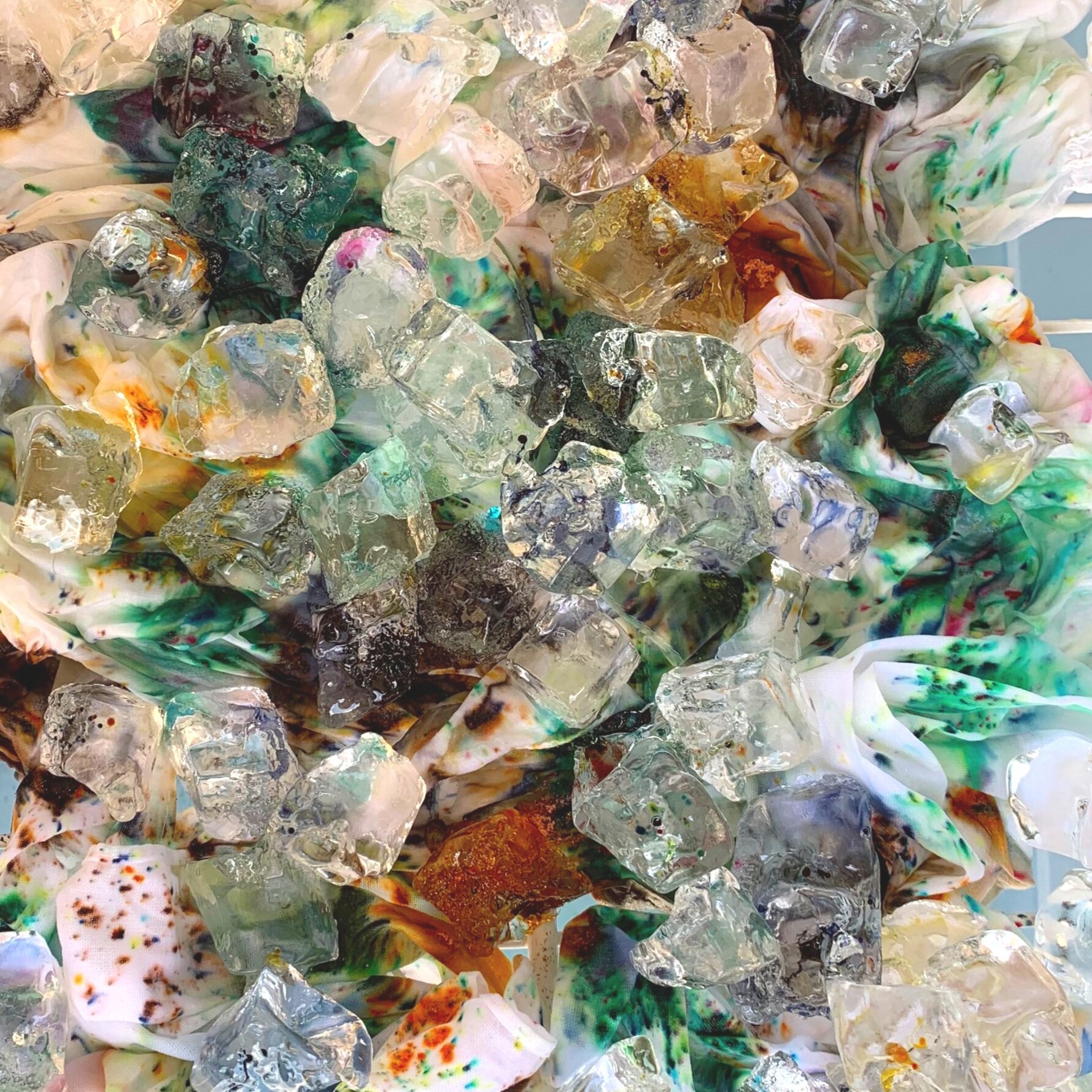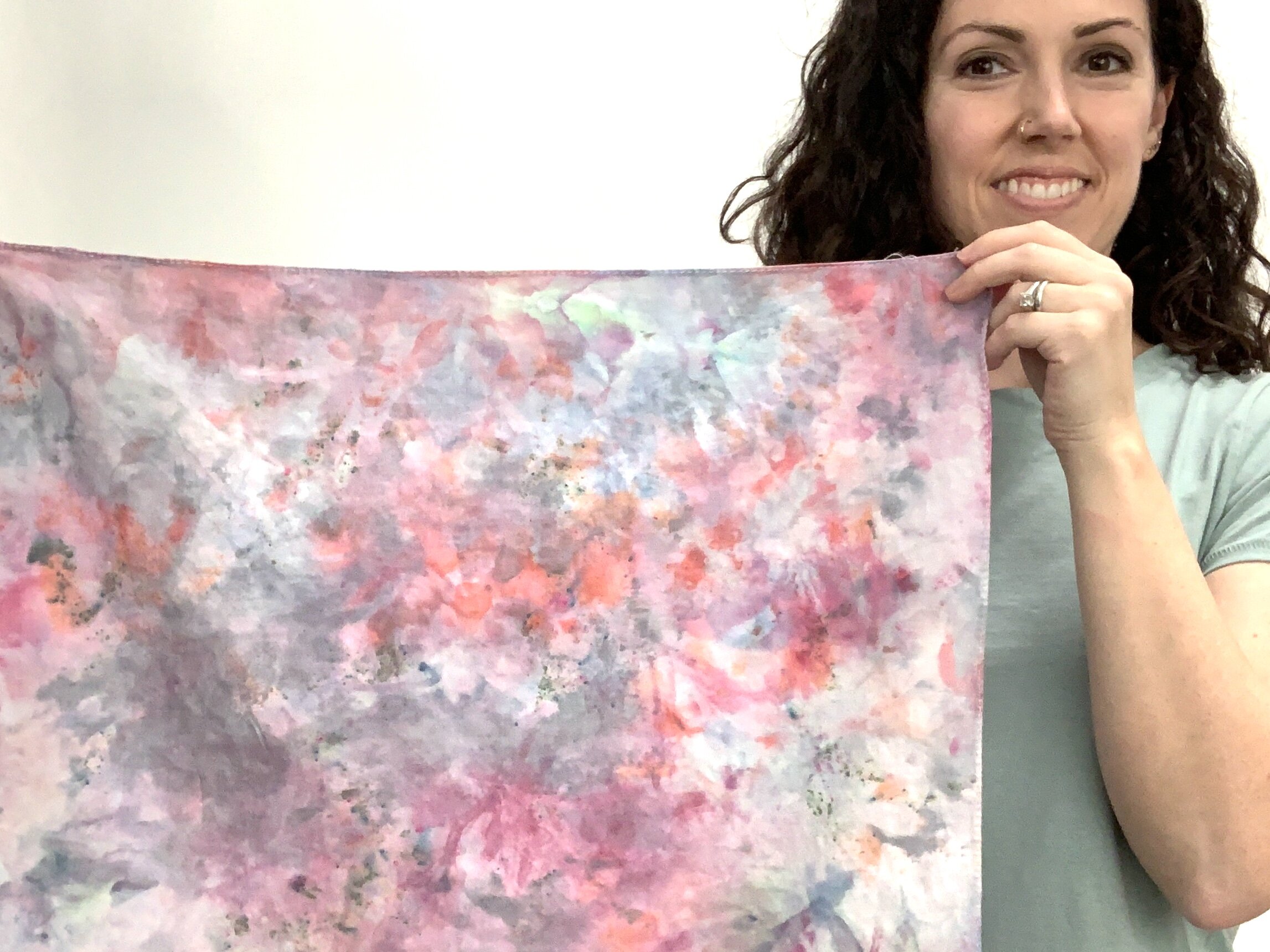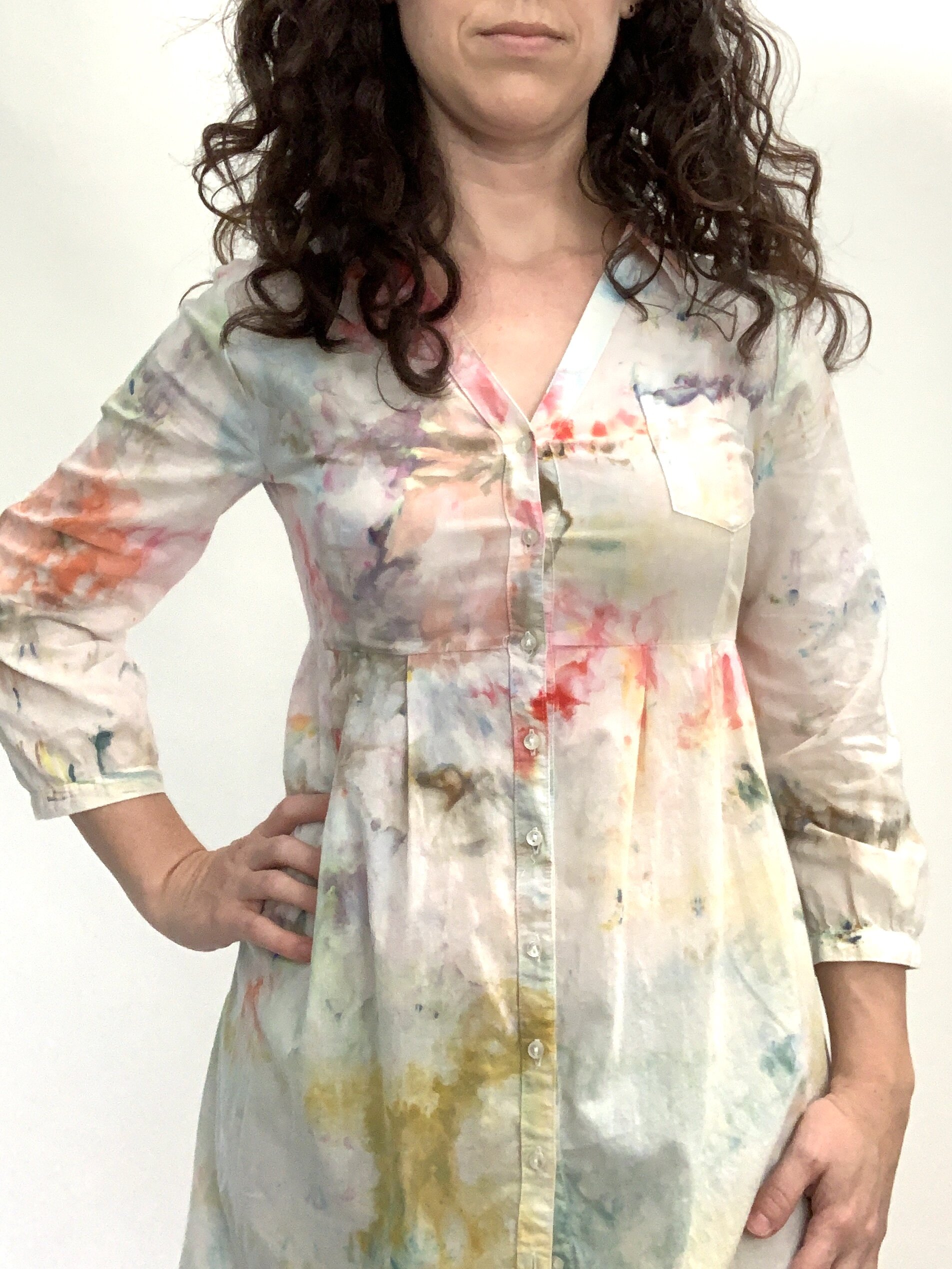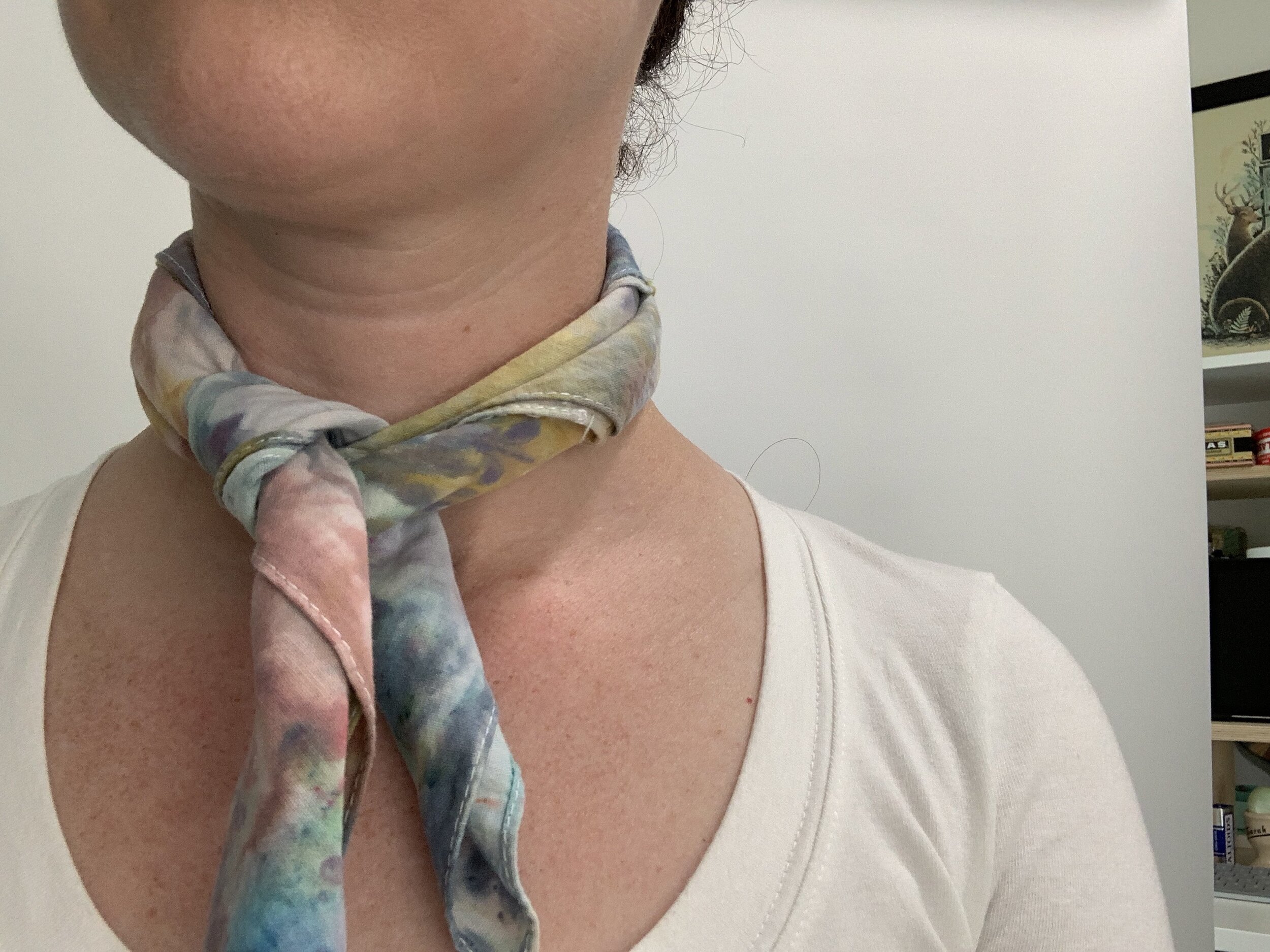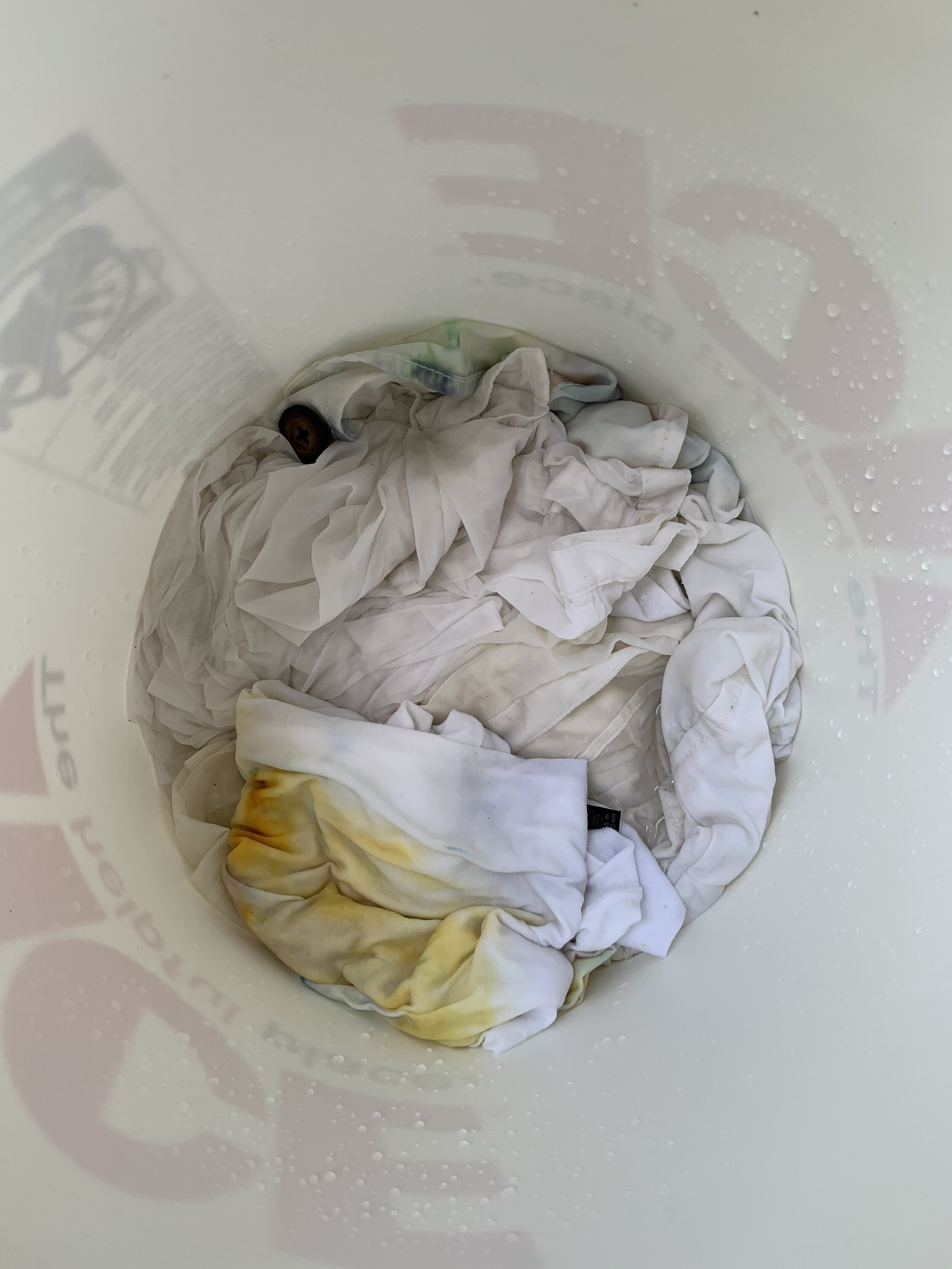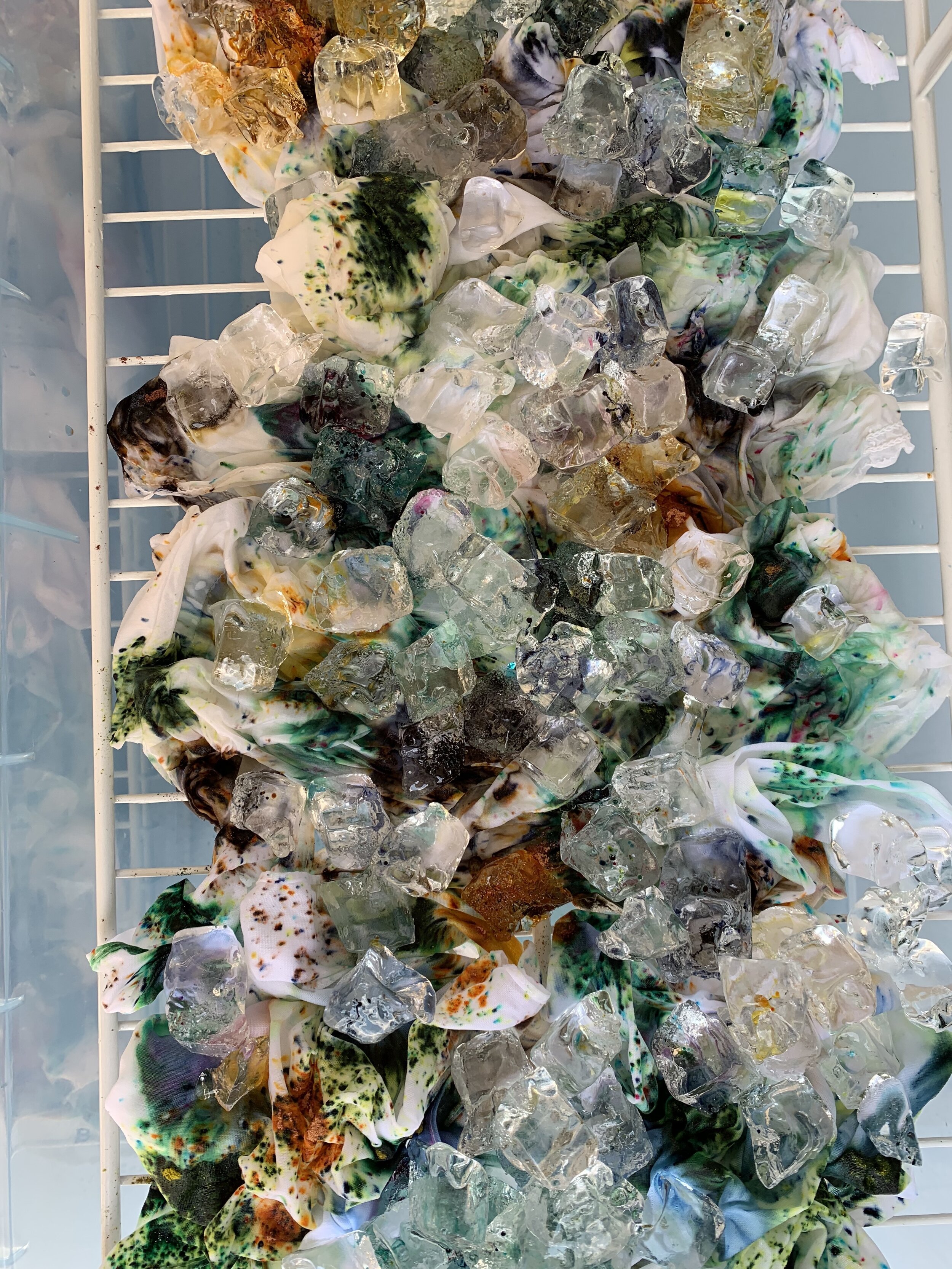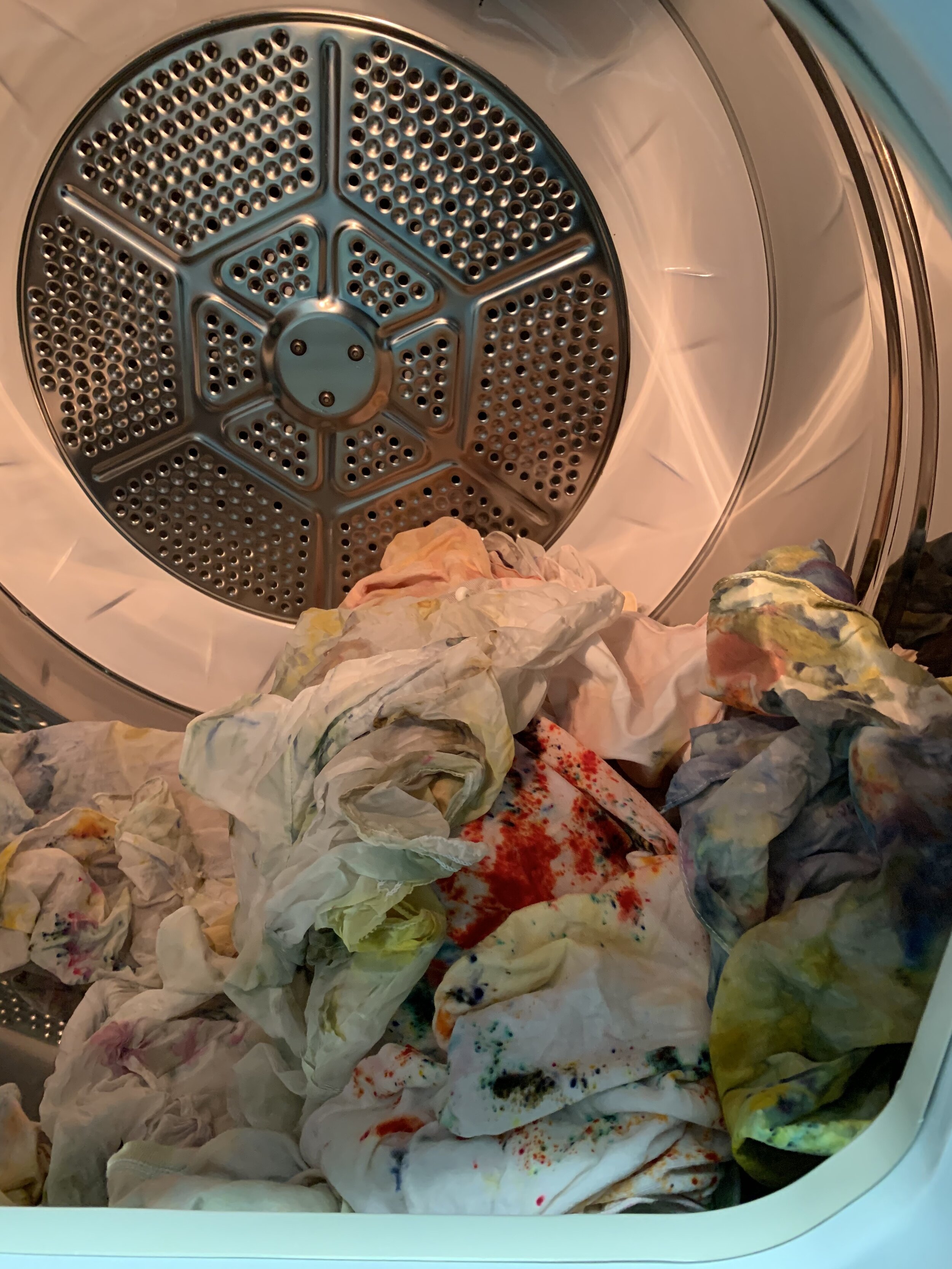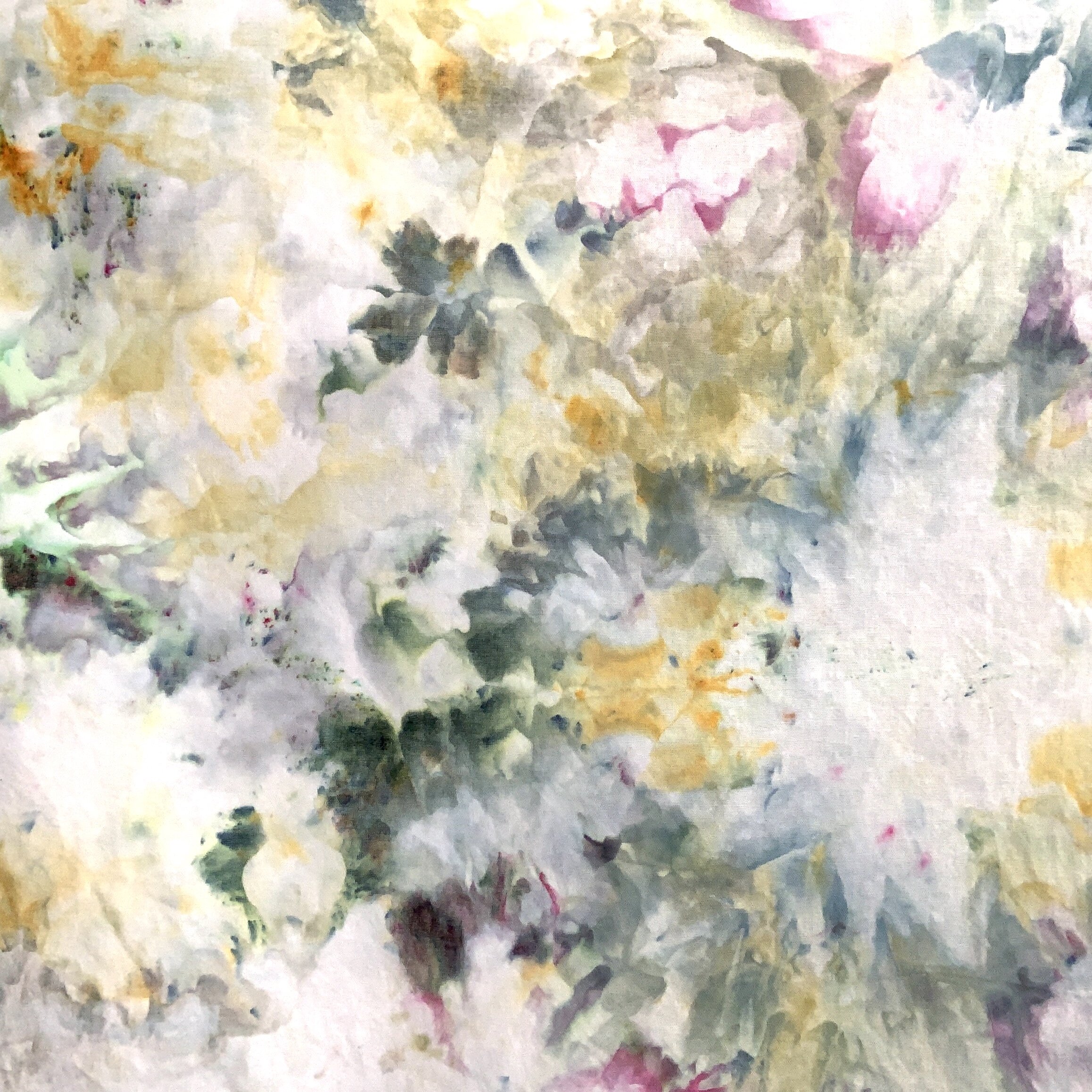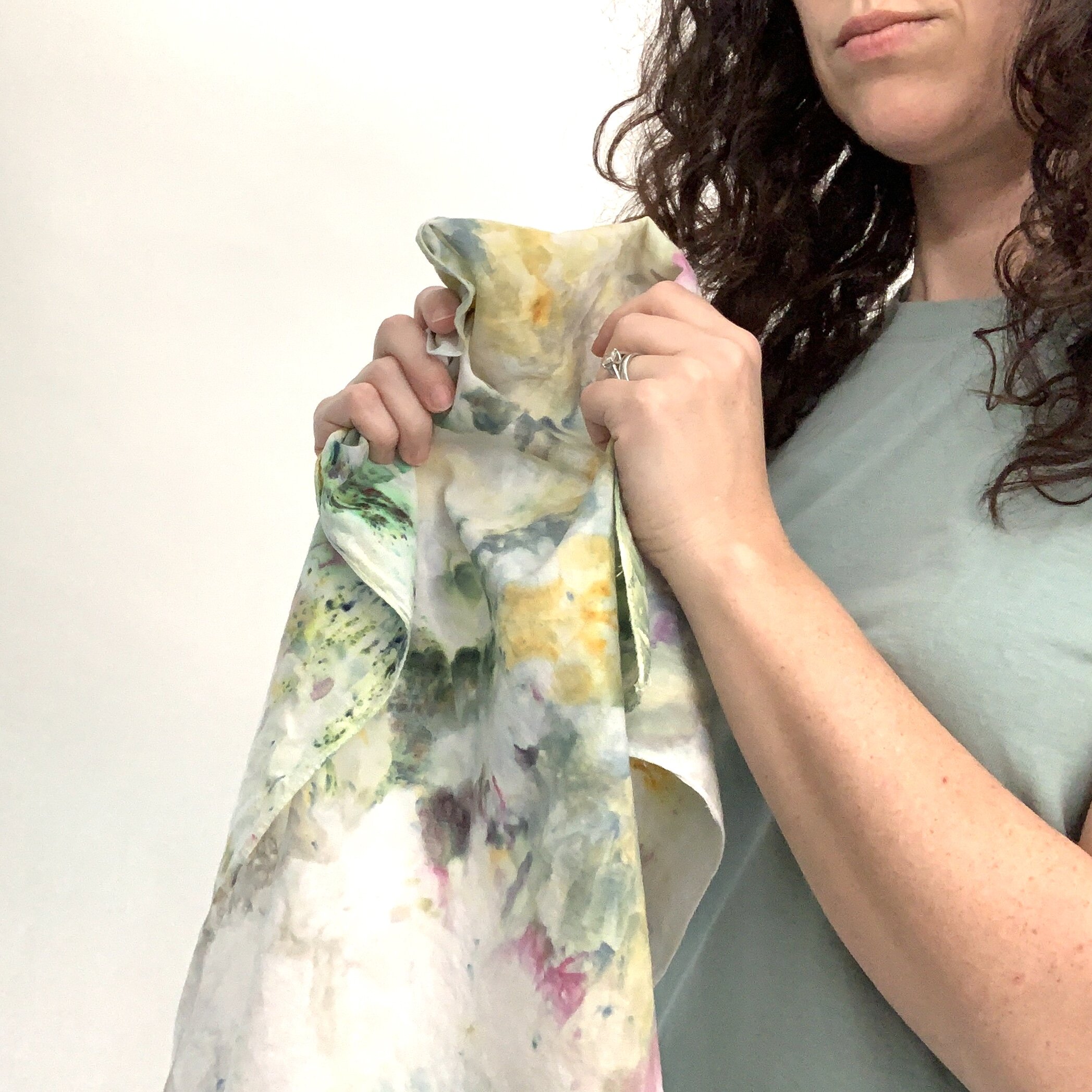Flat Out Under Pressure Art Competition 2022
Every year in Greenville, SC the Metropolitan Arts Council (MAC) hosts an event that brings all the local artists out of the woodwork within this community. 150 artists competed this year, some professional some amateur, all very talented. Between 9 and 11 am on Friday, all artists must get their worksurfaces stamped (you can do up to 5 surfaces but in the end only one piece can be submitted), then you have 24 hours to create a piece of art.
The following morning we all bring our pieces back to MAC in downtown Greenville, and their doors close for most of the day while they install all of the finished pieces inside the gallery for judging. That evening, the party and awards ceremony takes place, and it’s always so impressive to see what others created during the same time period.
This year my piece was a 20x20 mixed media fiber art landscape featuring a farm at dusk and I used needle felted wool roving, punch needled yarn, and rug hooked fabric strips. A piece this size normally takes 3-4 days, but I was able to get it done on time (though it was an extremely full day and yes, my wrists still hurt)!
Hope you enjoy the process video from my 2022 piece, and if you missed my post from 2020, here’s a look back at a past submission to the competition: http://www.sarahmandell.com/blog/flat-out-under-pressure-competition








